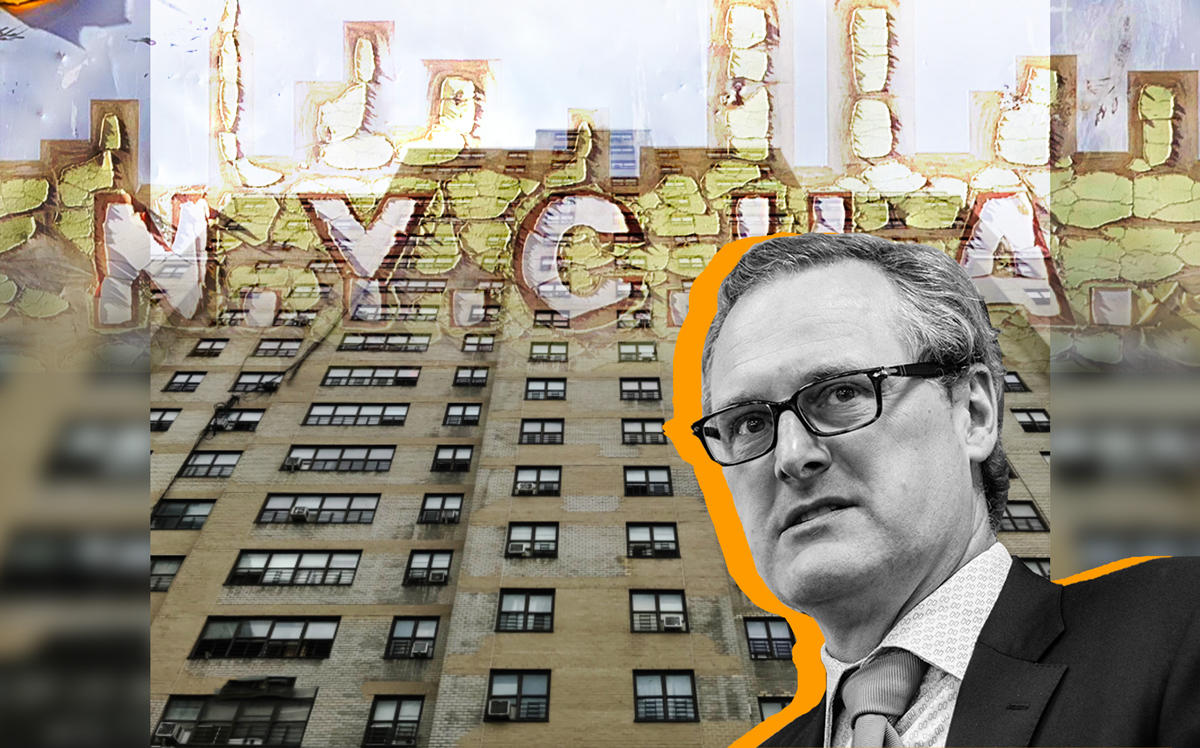Trending
Here’s how losing NYCHA units would impact the city’s housing market: RPA report
It would be nearly impossible for tenants to find an affordable home in the city’s private market

If New York City loses even just a third of its public housing, it would displace more than 100,000 people, according to a new report from the Regional Plan Association. And it would be nearly impossible for most of these tenants to find an affordable home in the city’s private market.
Between 2011 and 2017, the price tag for addressing New York City Housing Authority’s physical needs went up from $32 billion to $45 billion, especially as it’s faced with pressing issues such as residents being exposed to lead paint and toxic mold.
The cost is growing by about $700 million per year. And making necessary repairs to the agency’s housing is now more expensive than fixing the city’s subway system, the report states.
“Everybody has a stake in fixing this problem,” said RPA CEO Tom Wright, “because we all rely on having this deeply affordable permanent housing as part of the economic ecosystem of New York City.”
If just 10 percent of the city’s public housing was lost, almost 40,000 people would need to find a new home, and if the city loses a third of it, 130,000 people would be displaced, according to the report, entitled “NYCHA’s Crisis: A Matter for All New Yorkers.”
A 10 percent decrease in NYCHA units would also lead to a 62 percent increase in the city’s homeless population and a $700 million increase in shelter costs, the report says. If former NYCHA residents move to other subsidized housing units in the city, they will require half of all new affordable units and $142 million annually in rent vouchers, drastically reducing the amount of affordable housing units available for other workers.
The RPA plans to release another report in the coming months with recommendations for how to help improve the beleaguered agency.![]()
NYCHA spokeswoman Jasmine Blake said the agency is reviewing the report and its conclusions.
Wright said NYCHA developments are not as isolated from neighborhoods as people might think, pointing to amenities like senior center and pre-kindergarten centers that benefit the entire surrounding area.
“In terms of pre-k space, senior centers, NYCHA provides a lot,” he said, “and it doesn’t just provide it to the residents of that development. It really provides it to the whole neighborhood.”




